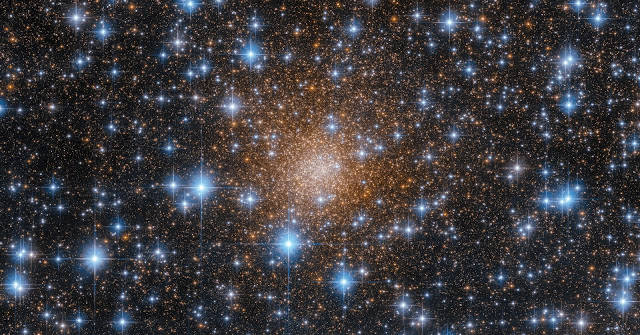SpaceX's 25th Cargo Resupply Mission for Science | International Space Station
The 25th SpaceX cargo resupply services mission (SpaceX CRS-25) carrying scientific research and technology demonstrations to the International Space Station is scheduled for launch June 7, 2022, from NASA’s Kennedy Space Center in Florida. Experiments aboard the Dragon capsule include studies of the immune system, wound healing, soil communities, and cell-free biomarkers, along with mapping the composition of Earth’s dust and testing an alternative to concrete.
Learn More about the science aboard SpaceX CRS-25: https://go.nasa.gov/3PENKTO
NASA's Commercial Crew and Cargo Program:
https://www.nasa.gov/offices/c3po/home/
Credit: NASA
Duration: 2 minutes
Release Date: May 25, 2022
#NASA #Space #ISS #SpaceX #Dragon #Spacecraft #Cargo #CommercialResupply #CRS25 #Astronauts #LaunchAmerica #Laboratory #Research #Science #Technology #HumanSpaceflight #UnitedStates #Europe #Russia #Japan #Canada #Expedition67 #STEM #Education #HD #Video
V1.jpg)
V2.jpg)
V3.jpg)
V4.jpg)
V5.jpg)
V6.jpg)
V7.jpg)
V8.jpg)
V1.jpg)
V2.jpg)
V3.jpg)
V4.jpg)
V5.jpg)
V6.jpg)
V7.jpg)
V8.jpg)

Exp67.jpg)

